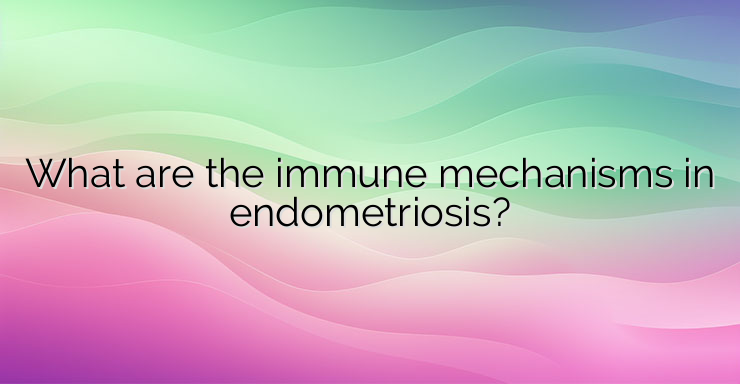The tissue that covers the uterus is called the endometrium. It serves as the implantation site for the embryo and the source of the arteries that lead to the placenta to support the fetus during pregnancy. When there is no fertilized egg, the most superficial layer of the endometrium is shed during menstruation. The endometrium is unusual in that it regularly sheds, then proliferates again throughout a woman’s reproductive years. In about 10% of women, however, cells from the endometrial lining grow outside the uterus, leading to endometriosis. Endometriosis is characterized by pain and can cause infertility, but its molecular mechanisms and drivers remain unknown. Definitive diagnosis and clinical approach still present significant challenges, but treatment is based on hormonal therapy and surgical intervention. Growth and Immune Defense The research team performed the study with tissue samples from female patients who had their lesions removed at UConn Health to relieve symptoms. All patients received hormone therapy, the most common strategy for treating endometriosis. It is not surprising, given that the lesions are described as endometrial-like tissues growing in a different location, that the cellular composition of the lesions in the peritoneum is quite similar to that of the normal endometrium. On the other hand, ovarian lesions have significant differences in both composition and gene expression from peritoneal ones. So while both the ovary and the peritoneum are susceptible to lesion formation, they represent different environments and result in important cellular and molecular differences between lesions at the two sites. The study suggests that site-specific therapeutic design may be needed to develop more effective therapeutic approaches. Another aspect of endometriosis is that, like cancer, the lesions are abnormal growths that are usually eliminated by immune mechanisms. The scientists examined the immune cells in the microenvironment of the peritoneal lesion to determine why the abnormal cells in the lesion were not being eliminated. They found that two important types of immune cells, macrophages and dendritic cells, contribute to states of immune inhibition and immune evasion. Their specific characteristics are similar to those associated with fetal tolerance during pregnancy, suggesting that endometriosis appropriates a necessary, naturally occurring immune process to allow the formation and persistence of lesions. The study detailed other aspects of both the normal endometrium and the ectopic lesions, including the properties of vascularization and the drivers of regeneration in the endometrium — possibly like lesion formation in endometriosis. Key differences in vascularization—the formation of blood vessels in peritoneal versus ovarian lesions—were identified, further emphasizing the site-specific nature of endometriosis.Also of note is the identification of a specific population of epithelial cells that may be progenitor cells for both endometrium and lesion formation, but more study is needed in this direction to determine their exact role. References: https://dx.doi.org/10.1038/s41556-022-00961-5


Leave a Reply